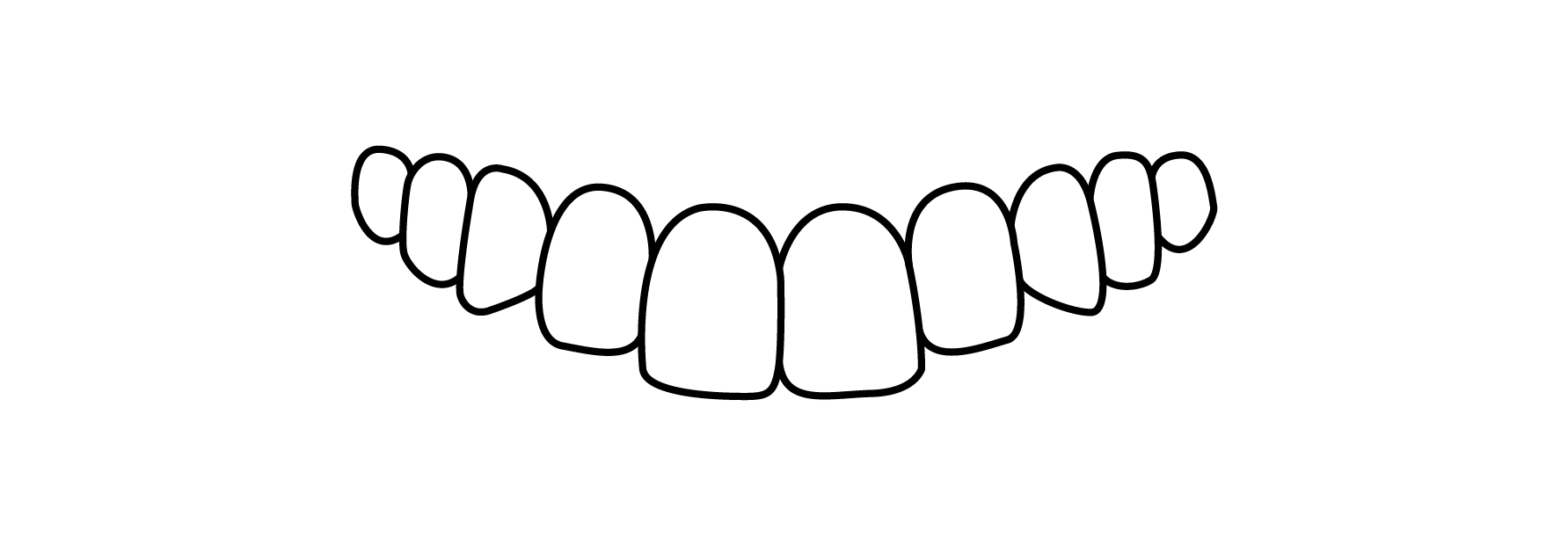
Braces
Old fashioned but still effective.
Braces Explained.
Braces are the most common treatment option when it comes to orthodontics. Although clear aligners such as Invisalign are often chosen over braces, they are still an effective way of moving teeth with many advantages. There are still a lot patients that may benefit from traditional braces. In fact, some aligner patients can actually benefit from a partial treatment of braces either prior to or during their orthodontic treatment for optimal efficiency and results.
How Do Braces Work?
Braces consist mainly of brackets and wires, among other accessories. It is interesting to note that it is actually the wire that moves the teeth. The brackets are there just to hold the wire to the teeth. This allows forces from the wire to apply pressure to the teeth and therefore creates tooth movement. Generally, every consecutive wire is thicker than the last. Eventually the final wire may have finishing bends placed in it to make the last few tweaks.
Braces Components
Brackets
Square shaped pieces that hold the wire to the teeth.
Power Chains
A chain of elastic o-rings to rotate teeth or close spaces.
Wires
Wires made of nickel titanium or stainless steel.
Coil Springs
Springs used to either open or close spaces.
Elastic Rings
Coloured rings that hold the wire to the brackets.
Separators
Creates space between molars for placing bands.
Elastic Rubber Bands
Rubber bands to help correct malaligned bites.
Molar Bands
An alternative to brackets for molar teeth for extra support.
The Braces Process.
Each tooth is thoroughly cleaned and dried. Dental glue is then applied to the middle of each tooth and a bracket is placed accurately on top of the glue. The glue is then cured with light. The first wire is then placed into the brackets.
Placing Braces.
Tightening of braces is from either thicker wires or power chains, which is an elastic chain that clips onto the brackets underneath the wire. It is important to remember that tenderness in your teeth is to be expected for a few days after each tightening appointment.
Tightening Braces.
Once all your teeth are aligned and the bite is right, your braces can now be taken off. This is done by popping the braces off the teeth and polishing away the dental glue. After your teeth have been cleaned, they are then scanned as a final record. This allows your teeth to be 3D printed for night time retainers to be made.
Removing Braces.
Types Of Braces
Metal Braces Versus Clear Braces
Metal Braces
Metal braces have been the most common type of braces for a long time. Even though they are still visible, modern metal braces have significantly reduced in size. Metal braces are still often used on the back teeth with clear braces at the front.
Clear Braces
Clear braces are also a popular type of braces and for good reason. They work the same as metal braces, however they are significantly less noticeable which is great for kids and adults that want discreet treatment.
Twin Braces Versus Self-Ligating Braces
Self-Ligating Braces
Self-ligating braces have an integrated opening and closing gate to keep the wire in place, therefore not needing the elastic rings.
Twin Braces
Twin braces are traditional style braces that have the coloured elastic rings attaching the wire to the teeth.
Traditional Braces Versus Lingual Braces
Lingual Braces
Lingual braces are placed on the tongue side of the teeth. They are by far the most discrete orthodontic treatment option, however due to their cost, discomfort and impact on speech, they are rarely used.
Traditional Braces
Traditional braces are placed on the smiling surfaces of the teeth. This helps to increase the predictability of the braces and are significantly more comfortable than being on the inside surface of the teeth.






